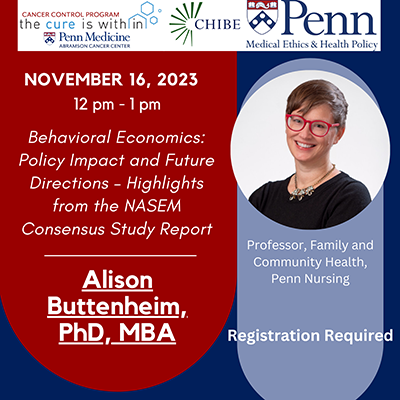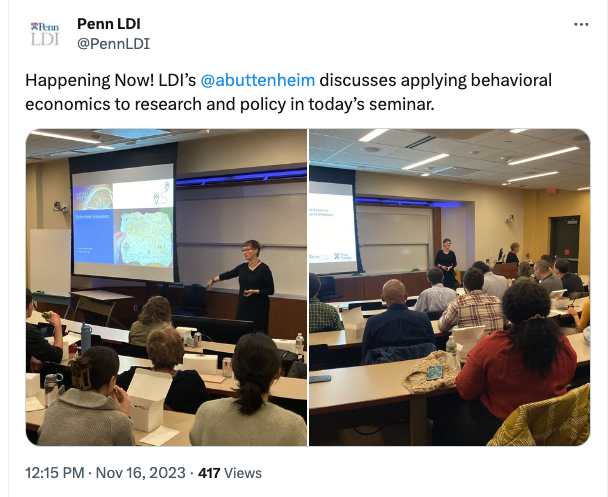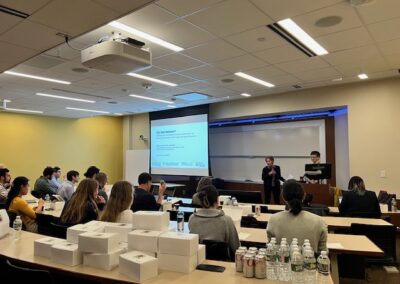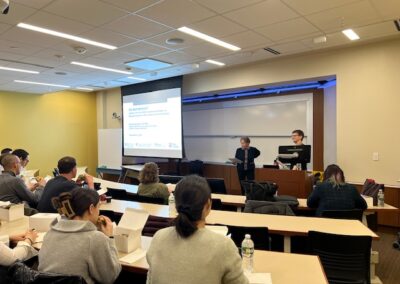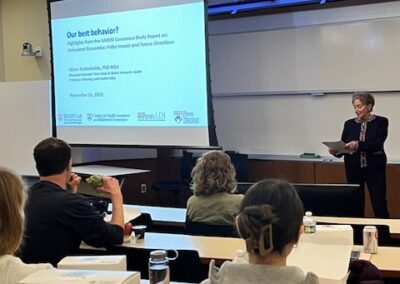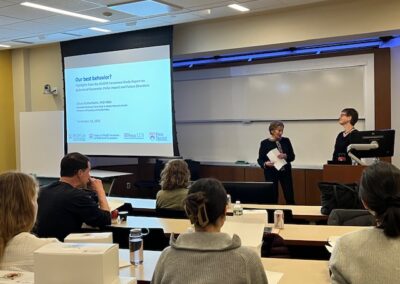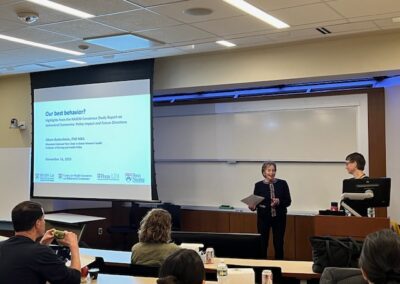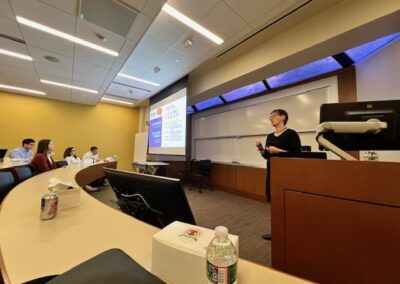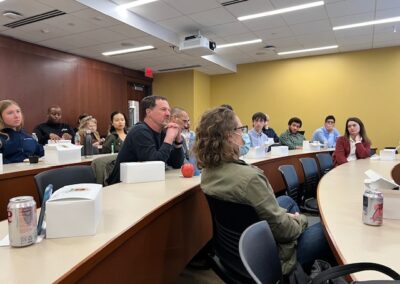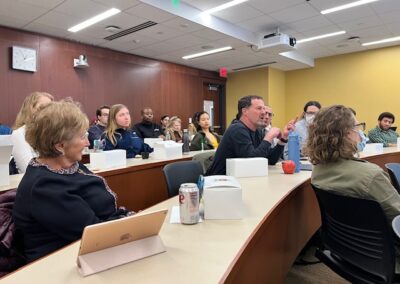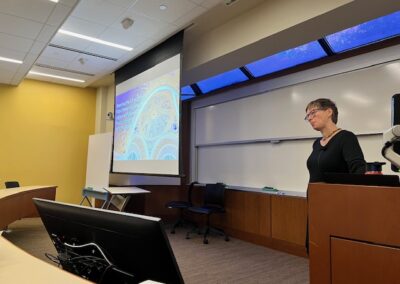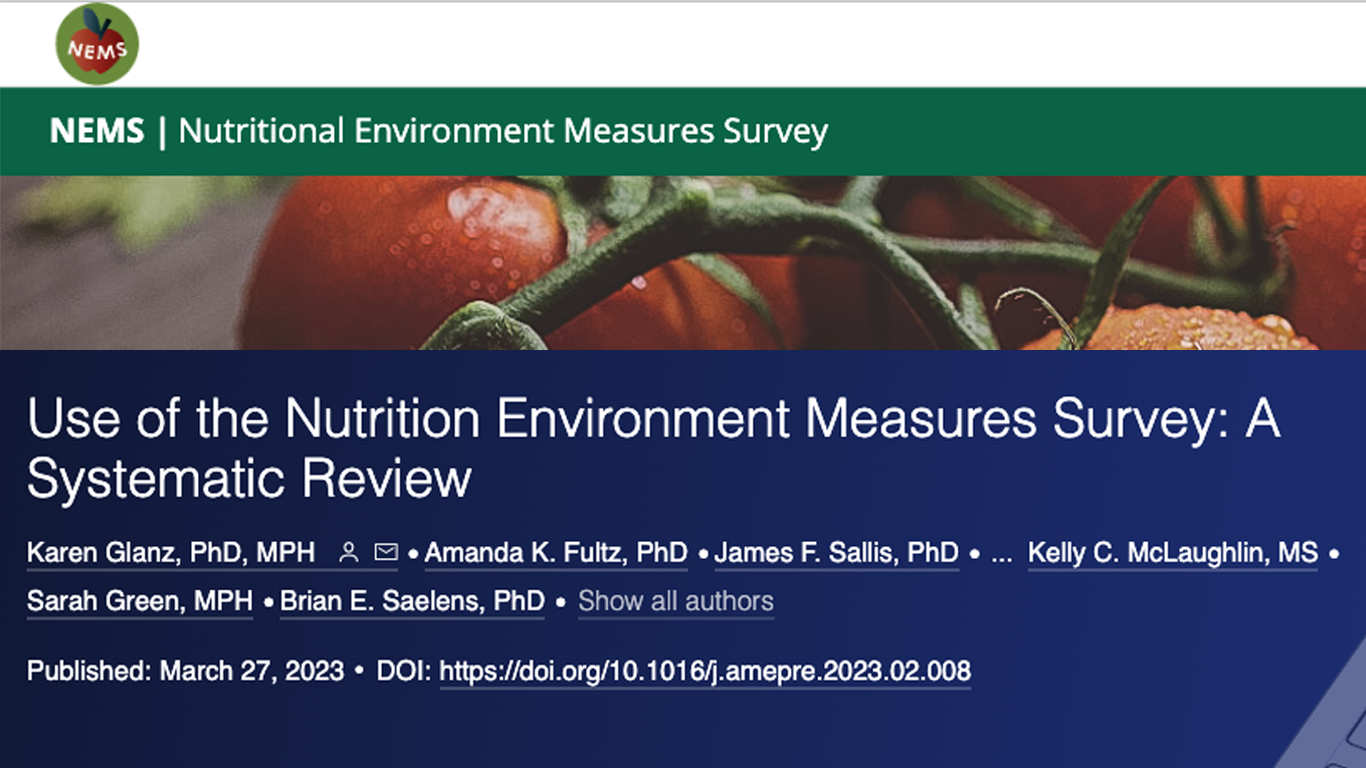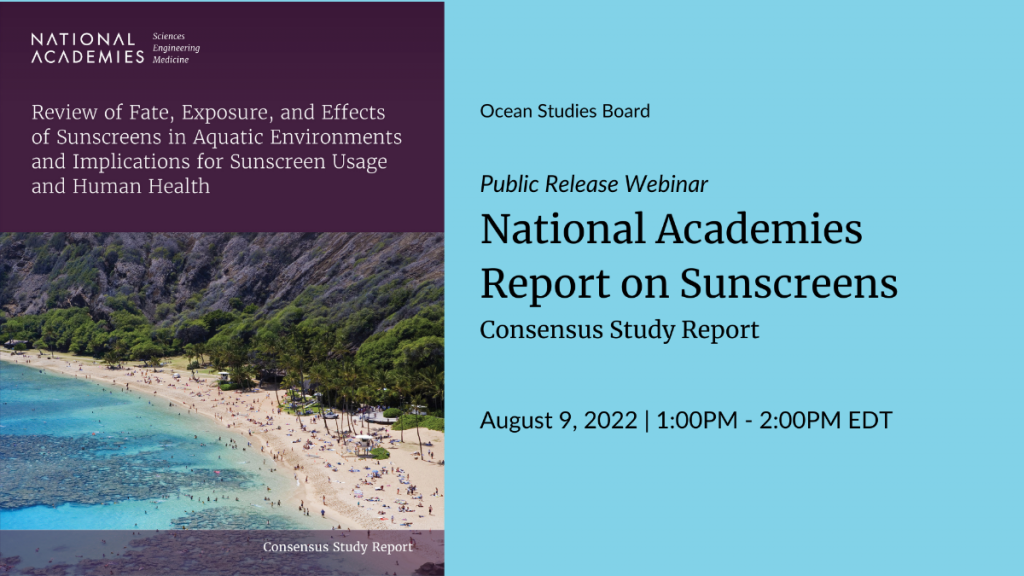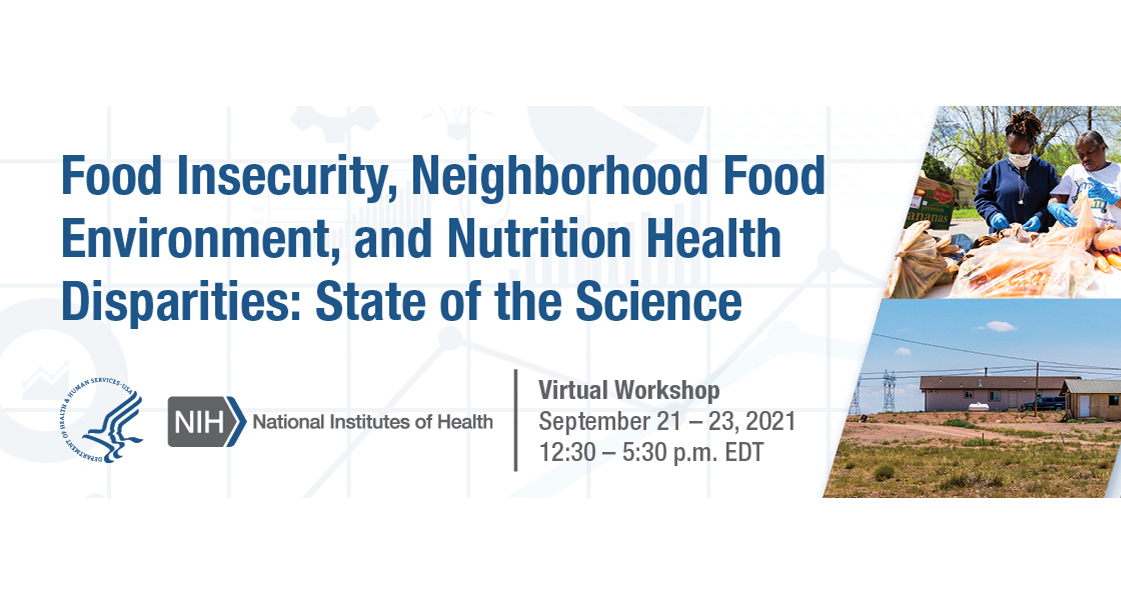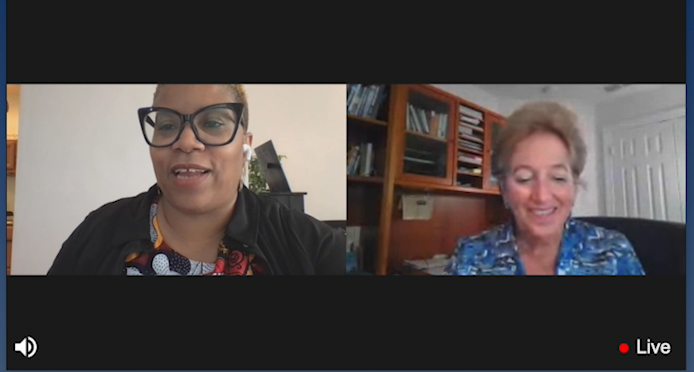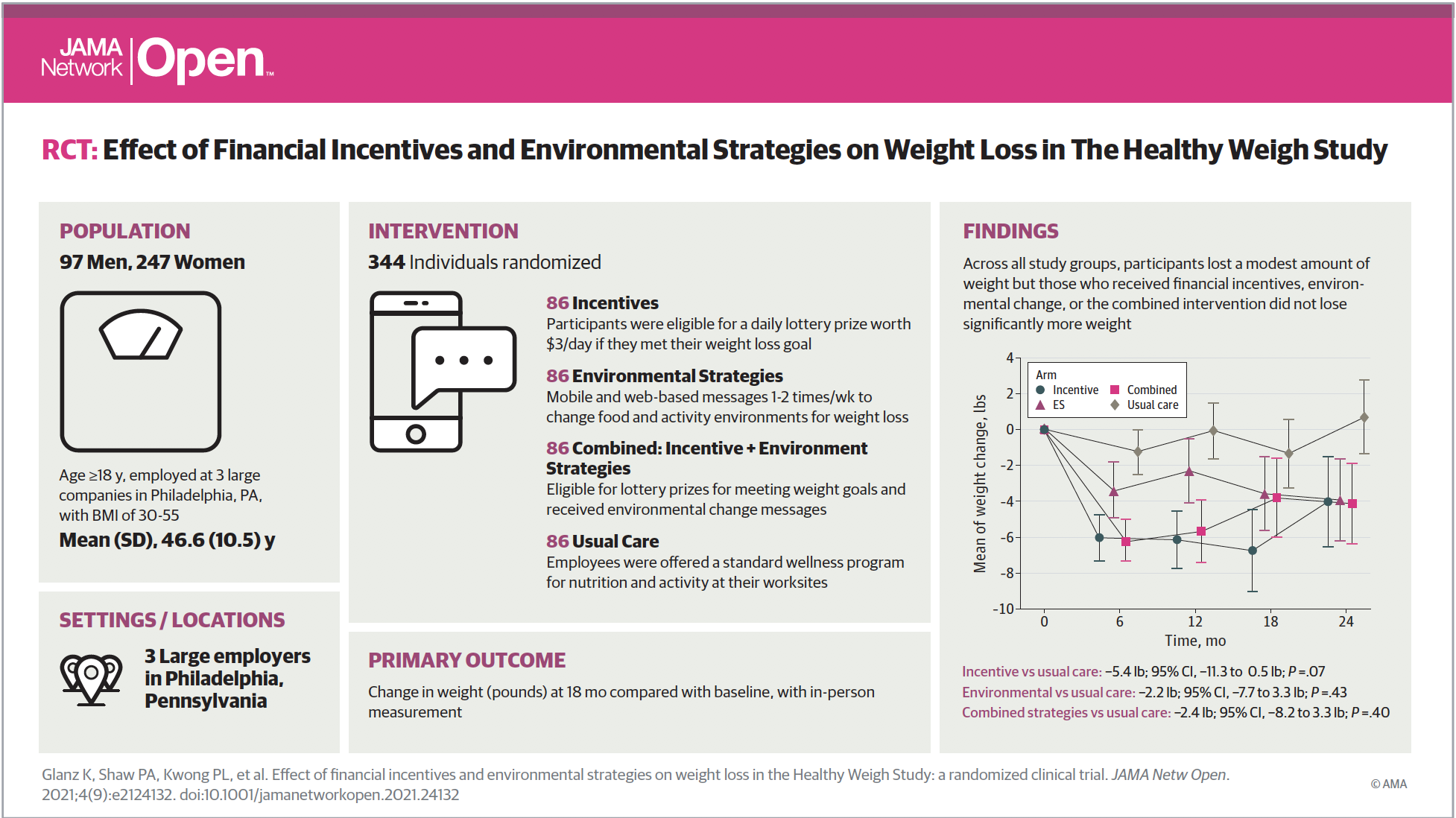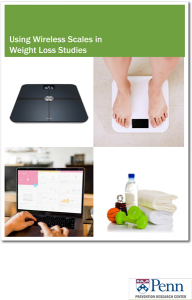Overview
Participants viewed three days of presentations and panel discussions. On Day 3, Dr. Glanz shared key takeaways with the following observations.
First, “health equity is defined as the absence of unfair and avoidable or remediable differences in health among population groups defined socially, economically, demographically or geographically.”
Health equity means increasing opportunities for everyone to live the healthiest life possible, no matter who we are, where we live, or how much money we make. (RWJF)
In addition, relationships between walkability & activity inequality hold within cities in the USA of similar income, meaning, walkable environments lead to lower activity inequality.
Dr. Glanz believes that to make significant progress in the area of food insecurity & nutrition environments we need the following:
- Innovation & flexibility
- Collaboration & coordination
- Balance internal & external validity
- Address supply AND demand
- Study individual & aggregate effects
- Always think about people in need
Lastly, increasing the fluidity between research, policy and practice at the Federal level, such as the NIH, USDA, CDC, and other agencies. State and local levels can address nutrition, health, housing, safety, and economic development.
We can create equity by incentivizing collaboration, not competition, such as the Gates Foundation global initiatives.
In Conclusion
Dr. Glanz closed her summary with two encouraging quotes.
